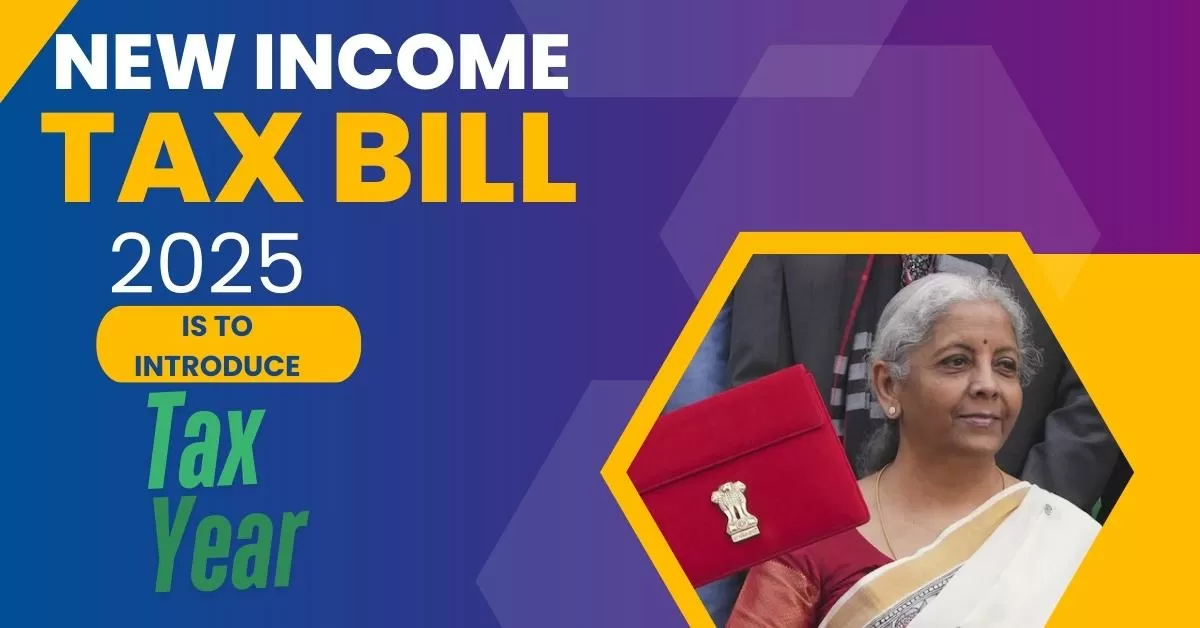Changes or updates for the 2025 assessment year

Changes or updates for the 2025 assessment year
Income Tax Slabs (New Regime)
The Union Budget 2025 has revised the income tax slabs under the new tax regime:
₹0 – ₹4 lakh: Nil
₹4 lakh – ₹8 lakh: 5%
₹8 lakh – ₹12 lakh: 10%
₹12 lakh – ₹16 lakh: 15%
₹16 lakh – ₹20 lakh: 20%
₹20 lakh – ₹24 lakh: 25%
Above ₹24 lakh: 30%
Additionally, the standard deduction has been increased from ₹50,000 to ₹75,000, making income up to ₹12.75 lakh tax-free under the new regime
Income Tax Slabs (Old Regime)
The old tax regime remains unchanged for AY 2025-26. Taxpayers can choose between the old and new regimes based on their financial situation.
💰 Tax Rebate Under Section 87A
The tax rebate under Section 87A has been enhanced to ₹60,000 for individuals with taxable income up to ₹12 lakh. This rebate will be effective from AY 2026-27.
House Property Taxation
The definition of "self-occupied" house property has been expanded. From April 1, 2025, a house will be considered self-occupied even if the owner cannot occupy it due to employment, business, or profession carried on at any other place. This change applies to up to two houses.
Filing of Updated Returns
The time limit for filing updated returns under Section 139(8A) has been increased from 24 months to 48 months from the end of the assessment year. However, if a person has received a notice under Section 148A, this time limit is 36 months. Additional tax liabilities apply for late filings
24 to 36 months: 60% of tax due
36 to 48 months: 70% of tax due
Changes in ITR Forms
The Income Tax Return (ITR) forms for AY 2025-26 have been updated to include:
Schedule 80GGC: Requires details of contributions to political parties, including date, amount, mode of payment, and transaction reference number
Schedule Tax Deferred on ESOP: Requires the PAN and DPIIT Registration Number of the eligible startup
Schedule 80-IAC: Requests information on qualifying startups claiming deductions under Section 80-IAC
Legal Entity Identifier (LEI): Taxpayers seeking refunds of ₹50 crore or more must provide their LEI details.
Introduction of the 'Tax Year'
The government has proposed replacing the current system of 'assessment year' and 'previous year' with a unified 'tax year' concept. Under this new system, the tax year will be a 12-month period starting from April 1. This change aims to simplify the tax structure and is expected to take effect from April 2026.
These reforms are designed to simplify the tax system, reduce compliance burdens, and encourage voluntary compliance. It's advisable to consult with a tax professional to understand how these changes may impact your specific tax situation
